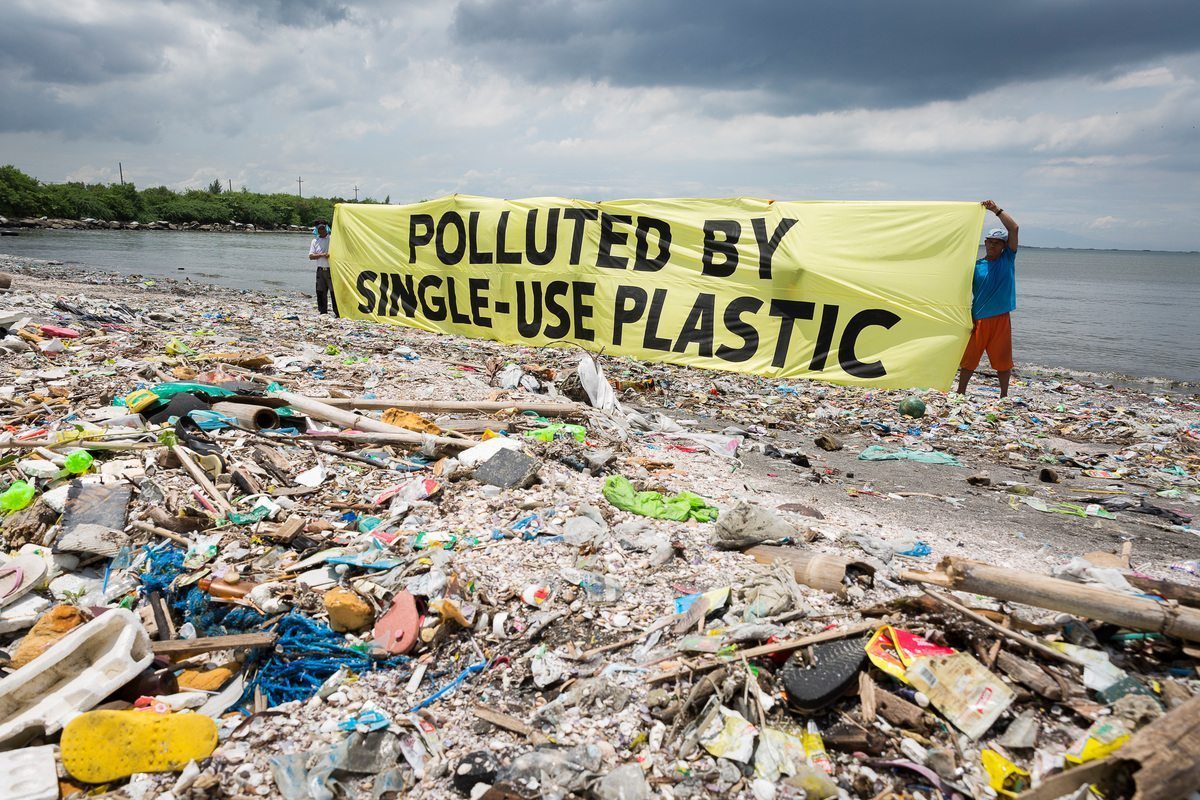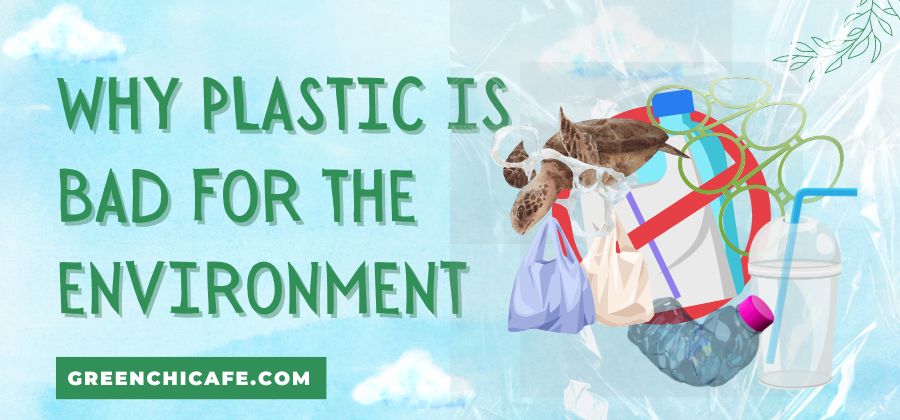Plastic causes substantial harm to ecosystems and wildlife.
Understanding its environmental impacts is key to driving change.
This article explores the full lifecycle dangers of plastic.
Why Plastic is Bad for the Environment?

Plastic is extremely harmful to the environment because it persists for centuries, leaches dangerous chemicals, threatens biodiversity, poisons food chains, and exacerbates climate change.
Curbing plastic pollution is crucial to protect ecosystems and wildlife.
Key Points
- Plastic debris severely harms over 700 marine and land species through ingestion and entanglement.
- Plastic production and disposal generate substantial greenhouse gas emissions that drive climate change.
- Plastic waste enables the spread of diseases by harboring microbes and transmitting pathogens.
How Does Plastic Get Into the Environment?
Plastic enters natural environments through many pathways: litter, industrial releases, landfill leakage, and plastic-based microfibers shed in washing machines.
Only 9% of plastic is recycled. The rest is incinerated, put in landfills, or dispersed across land and waterways.
Wind and rain carry plastic far from its origin points.
Oceans receive an estimated 8 million tons of plastic annually – the equivalent of a garbage truck load per minute.
Plastic also pollutes soils, freshwater systems, and even the air we breathe.
Irresponsible corporations, lack of recycling, and improper waste disposal drive plastic pollution.
Tackling it requires systemic changes.
Why Does Plastic Never Fully Decompose?

Plastic resists full biodegradation because its polymers are engineered to be durable.
Natural mechanisms can only break it into smaller fragments over centuries.
PVC can take over 500 years to decompose.
PET, HDPE, and other common plastics persist for decades to hundreds of years.
Microplastics therefore accumulate.
Sunlight weakens plastic polymers over time but does not alter their fundamental chemical structure.
Fragments join soil and ocean ecosystems for the foreseeable future.
How Does Plastic Impact Wildlife?
Plastic harms over 700 marine and terrestrial species through ingestion, entanglement, and chemical contamination.
Severe injuries and death result.
Seabirds, fish, and sea turtles mistake plastic for prey.
Plastic straws are mistaken as food by some animals, which leads to injuries and death.
Toxins in plastics accumulate in food chains, threatening reproduction and survival.
Entanglement in plastic bags, fishing gear, and other debris causes injury, suffocation, and drowning. Plastic also damages habitats like coral reefs.
The durability of plastic combined with improper disposal makes it a long-lasting ecological hazard.
Global action is essential to protect biodiversity.
Does Plastic Pollution Spread Disease?
Plastic pollution worsens public health by harboring pathogens and spreading antimicrobial resistance.
Plastics in waterways provide breeding grounds for mosquitoes, increasing infectious disease spread.
Bacteria and viruses adhere to microplastic surfaces. Plastic waste enables their transmission through water and air.
The same durability that makes plastics persistent also enables them to host microbes over long distances. Better waste management is vital for community health.
How Does Plastic Impact the Climate?
Plastic production and destruction release greenhouse gases that drive climate change.
The whole lifecycle of plastic poses a carbon threat.
Producing virgin plastic from oil requires substantial energy and emits CO2.
Incinerating plastic waste also generates emissions.
Discarded plastics break down slowly, releasing potent climate-warming methane as they degrade.
Reducing plastic usage, recycling more, and curtailing waste mismanagement are all essential to mitigate plastic’s climate impacts.
How does plastic harm the environment?
Plastic harms the environment in myriad ways throughout its full lifecycle.
Plastic production requires the extraction of fossil fuel feedstocks, which damages ecosystems at oil drilling and fracking sites.
Refining and manufacturing plastic releases chemical pollution harming local water and air quality.
When discarded, plastic persists for centuries and leaks toxic additives like BPA, threatening species that ingest or become entangled in debris.
Plastic waste clogs waterways, sewers, and landscapes, impacting community health and tourism.
Lightweight plastic gets drawn out to sea, harming marine habitats and contributing to ocean dead zones as it breaks down.
At all stages, plastic releases potent greenhouse gases that accelerate climate change.
Incineration generates toxic emissions and undercuts the transition to a circular economy.
The durability and negligible degradability of plastic in all its forms makes it an ecological disaster.
Is plastic the most harmful to the environment?
While other materials like rubber and some metals have negative environmental impacts, plastic stands out as uniquely harmful across its entire lifecycle from production to waste.
No other material is discarded so carelessly across landscapes and waterways at such a massive scale.
The extreme durability of plastic ensures debris persists for centuries with sustained impacts.
Plastic decomposition releases methane, creating greenhouse effects.
The tiny size of microplastics enables ingestion at the base of food chains.
Chemical additives like BPA and phthalates that leach out of plastics pose ecological and health dangers.
Producing virgin plastic from oil also perpetuates fossil fuel dependency.
Overall, plastic is among the most damaging materials to ecosystems, wildlife, climate, and human health.
- Plastic severely pollutes ecosystems, harms public health, and exacerbates climate change.
- The world must enact policies that radically reduce single-use plastics, advance recycling, and promote sustainable alternatives.
- With concerted effort, we can curb plastic pollution to protect people and nature.
FAQ
How Does Plastic Get Into The Oceans?
Plastic enters the oceans largely through water runoff, blown by winds, dumped by ships, discarded as litter, and released from landfills. Only a small fraction of ocean plastic comes from maritime sources.
Can Plastic Be Safely Incinerated?
While some energy can be recovered by incinerating plastic, the process still generates air pollution and greenhouse gases. Incineration also undermines the goal of transitioning to a circular economy based on recycling.
Do Biodegradable Plastics Solve The Problem?
Biodegradable plastics break down faster but still contribute to microplastic pollution. They require specific conditions to decompose and are not a blanket solution. Reducing overall plastic usage remains imperative.
GreenChiCafe is passionate about the environment and our natural world.
Check out our website for more great content on sustainability and green living!
